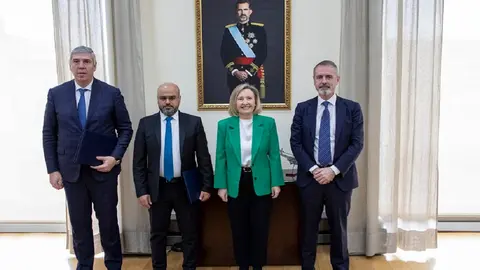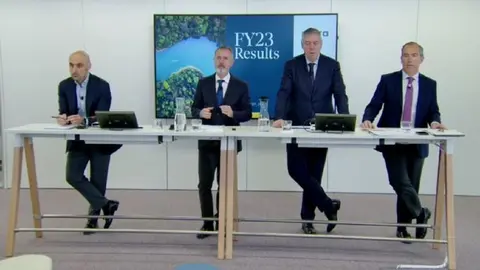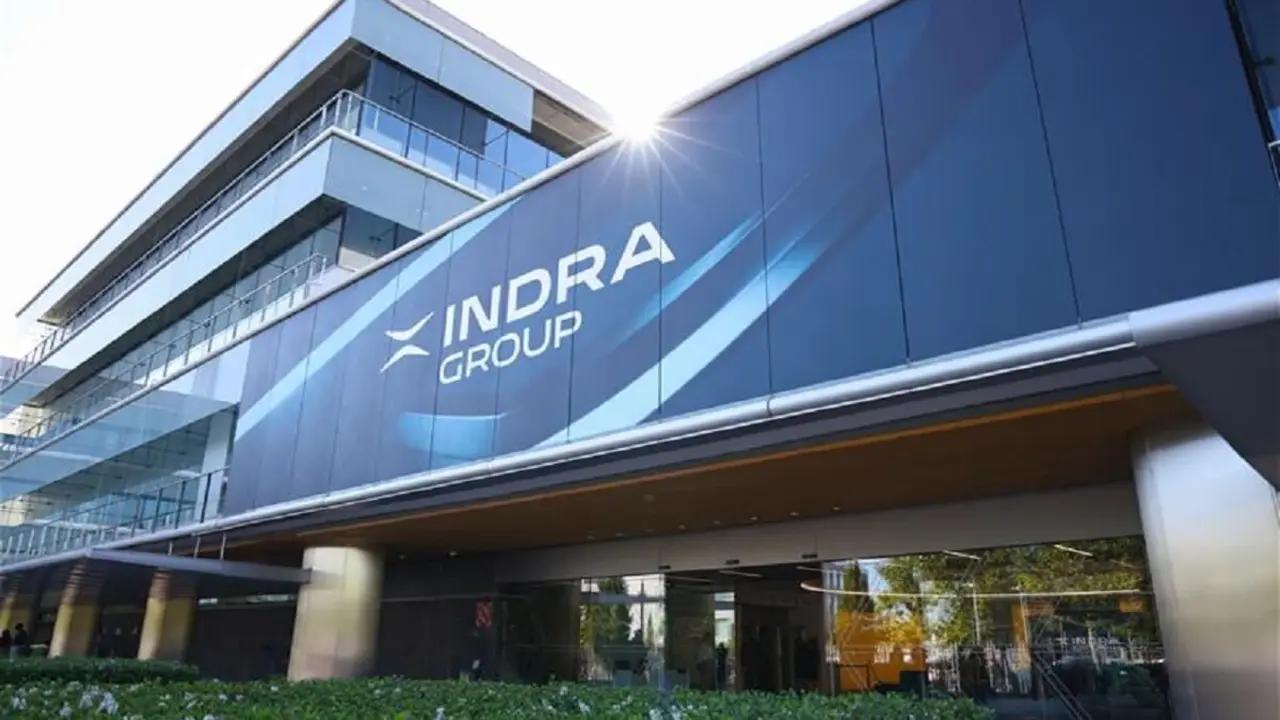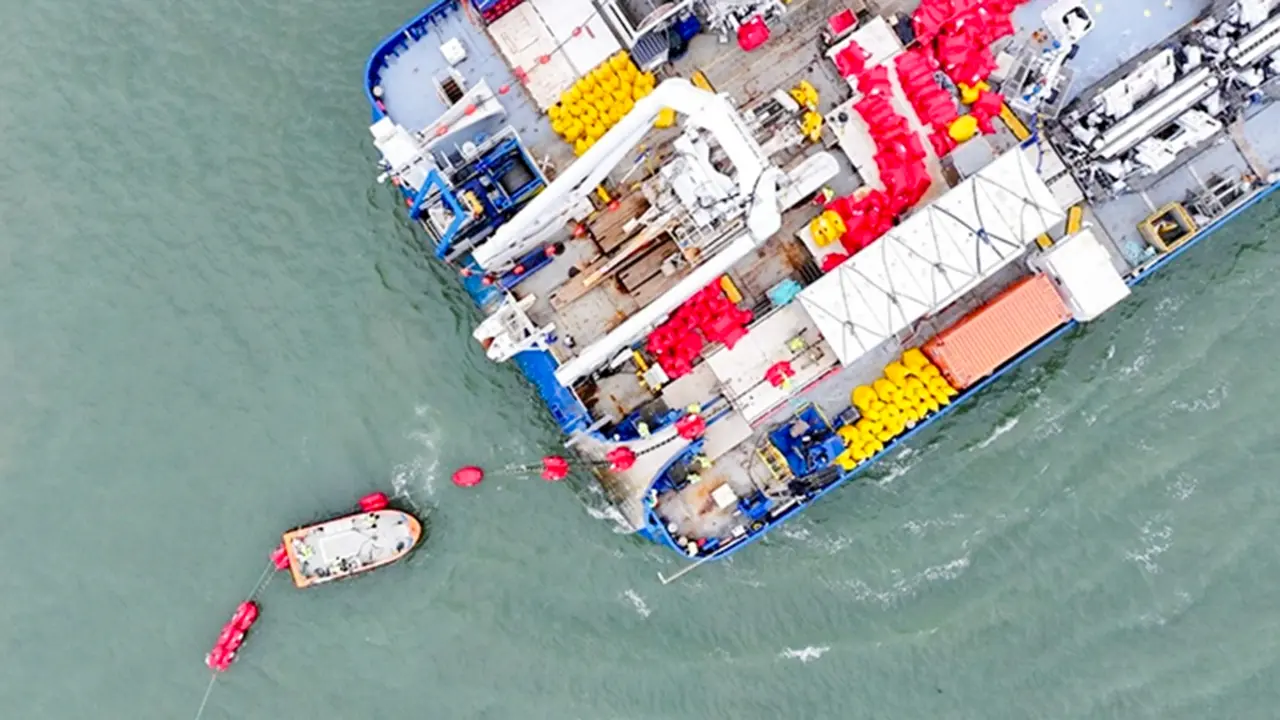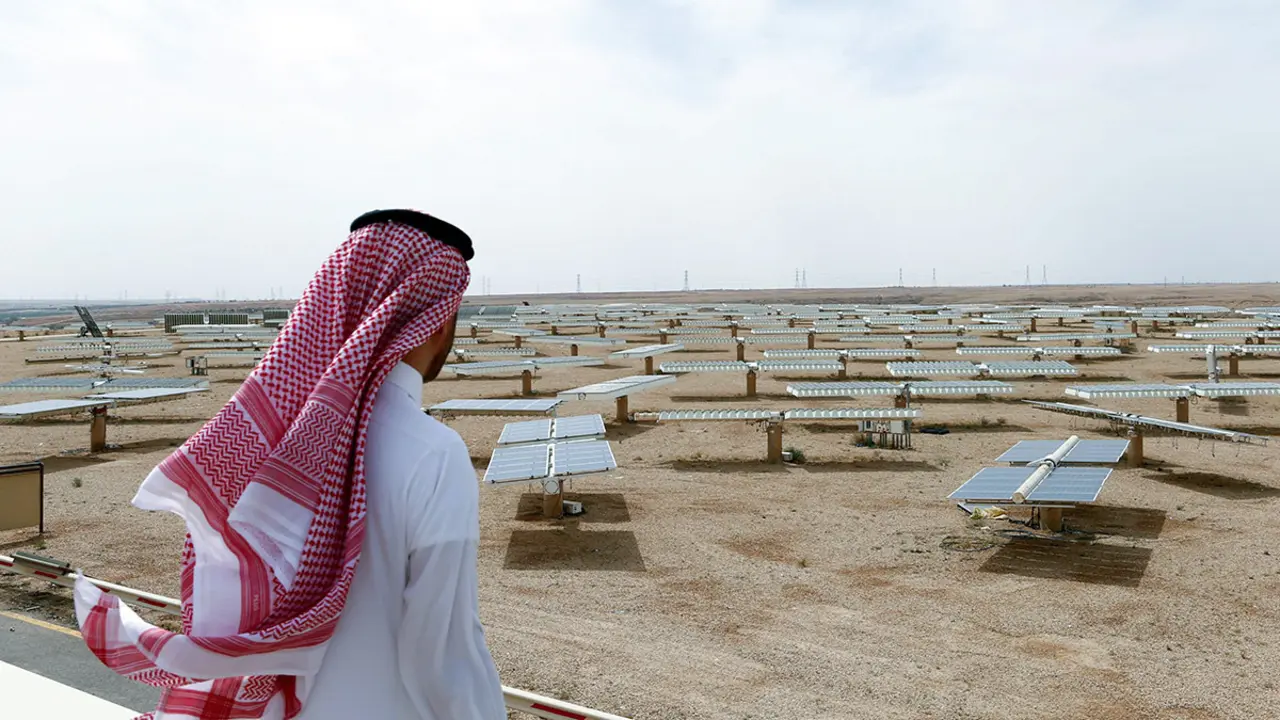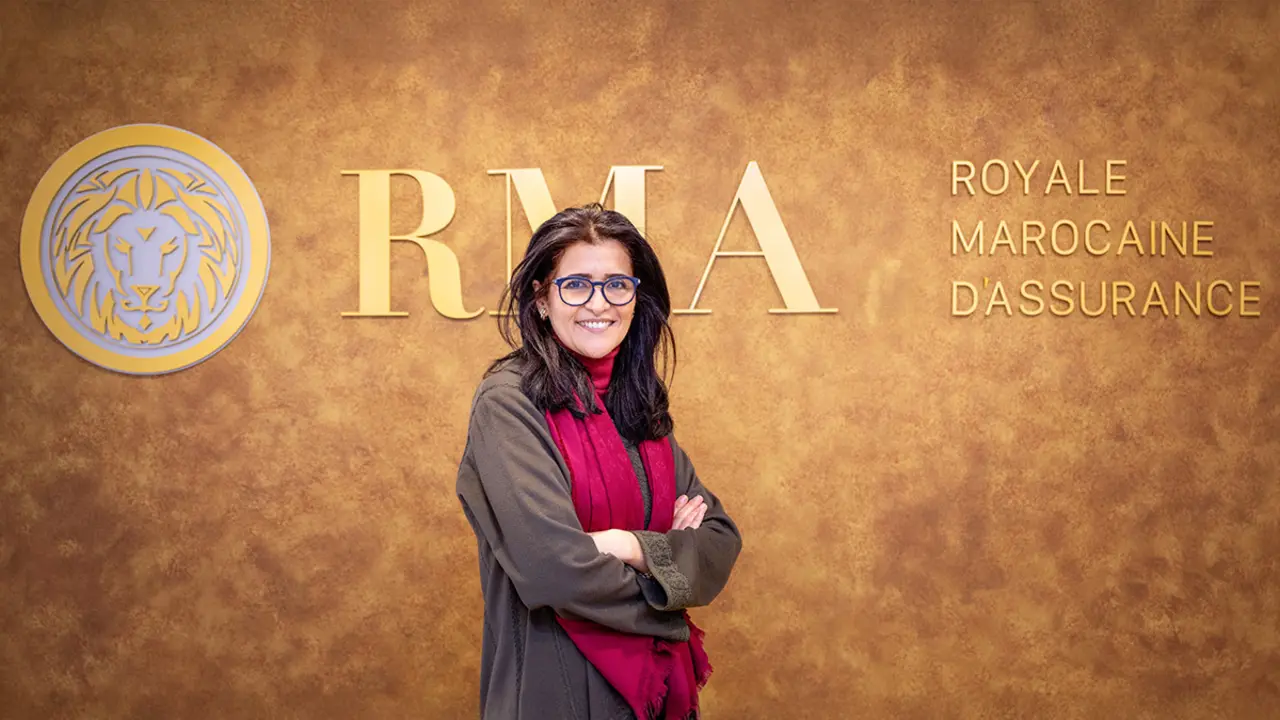Indra bets on boosting its aerospace and advanced digital technologies business
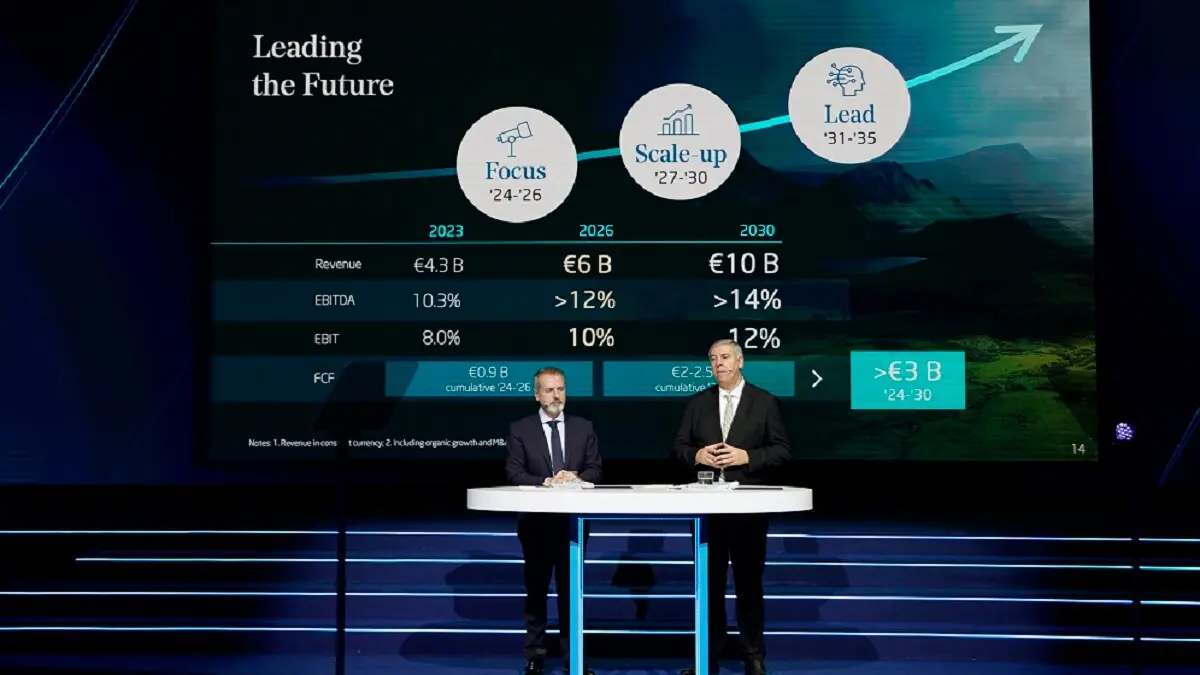
"This is the most ambitious strategic plan in the history of the Spanish defence industry; we have already identified the mountain, now we only need to conquer it". With these words, the company's CEO José Vicente de los Mozos closed the presentation of Indra's new strategic plan, "Leading the Future".
The new plan, presented by the CEO, accompanied by Indra's chairman, Marc Murtra, will be developed in two phases, with 2026 and 2030 as objectives.
"Our goal is to secure the future, developing technological progress and focusing on defence and the aerospace industry. We want to become the Spanish multinational of reference in the areas of defence and aerospace, and in cutting-edge digital technology," said Murtra.
Objectives
The plan sets out five long-term strategic lines:
- Accelerate the transition to become an international benchmark in the aerospace and defence area.
- Achieve global leadership by increasing its presence in the North American and Asia-Pacific regions.
- To become a global coordinator in the technology and services ecosystem in both Europe and Latin America.
- Divest non-strategic assets and proactively promote acquisitions and alliances.
- Strengthen brands to remain the employer of choice for technology talent.
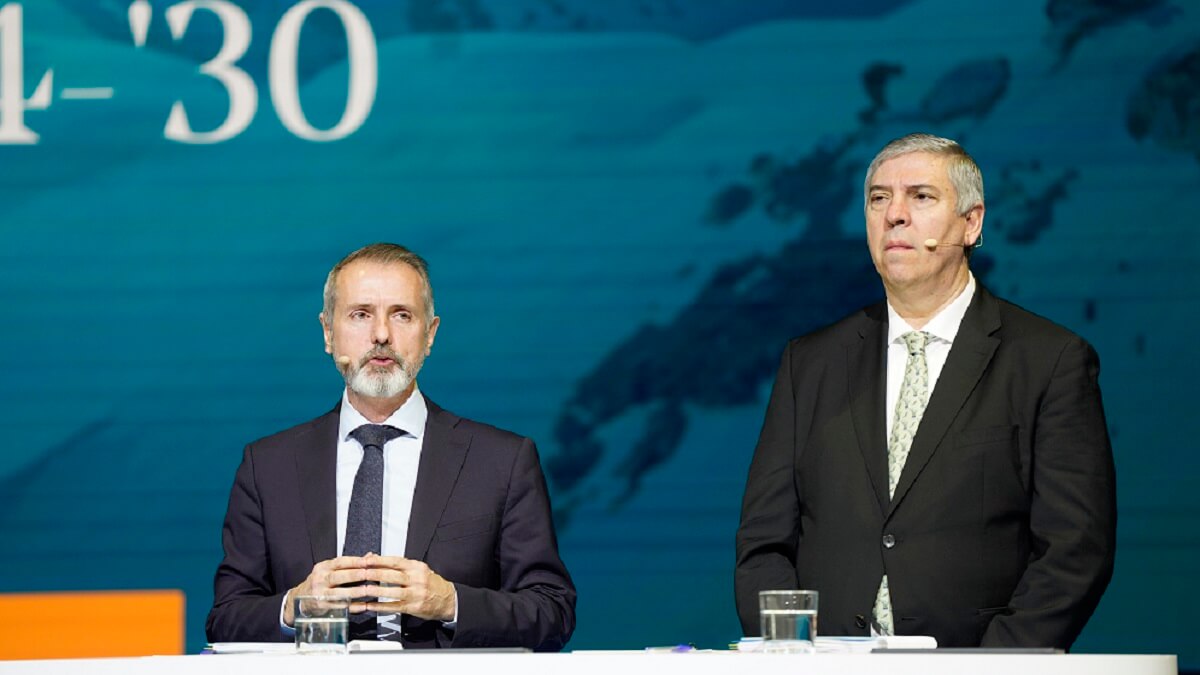
Lines of work
From the economic point of view, the new strategic plan "Leading the Future" has two partial objectives: to reach 6,000 million euros in sales by 2026, and 10,000 million euros by 2030.
These objectives will require annual growth of 7% between 2026 and 2030.
To meet these forecasts, the company plans to develop a series of strategic lines of work over the next few years:
- Focus on defence and aerospace, to become a European benchmark.
- Create a new aerospace division.
- Increase the autonomy of its technological subsidiary Minsait, bringing in new partners.
- Increase presence in new local markets.
- Activate portfolio turnover.
- Increase investment in strategic R&D by more than 3 billion euros by 2030. Of this 3 billion, around 1.1 billion will be self-financed.
- Redouble efforts to recruit talent. The company expects to create 5,000 jobs related to new technologies worldwide.
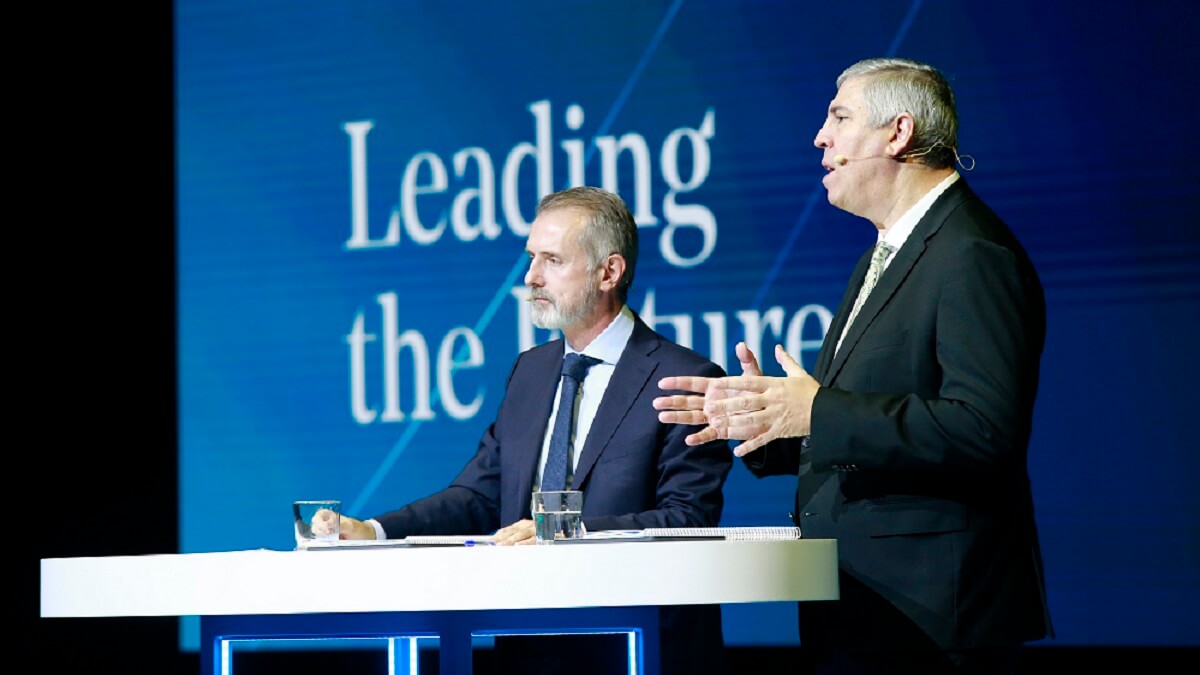
Minsait
One of the strong points of the company's strategic plan concerns its technology subsidiary Minsait, with the vision of making it one of the main players in IT services in Europe and Latin America.
To this end, the plan envisages improving its operational autonomy; partnering with new strategic shareholders; incorporating mobility as a new line of business; and divesting non-strategic assets.
Indra wants to boost Minsait's implementation in new local markets, including the Middle East and North Africa region, including Saudi Arabia, the United Arab Emirates and Morocco.
Decarbonisation
Finally, company officials emphasised plans to accelerate the decarbonisation of its business. In this regard, the plan is to achieve zero net carbon emissions to the atmosphere by 2040.

